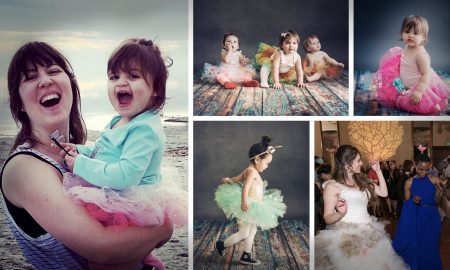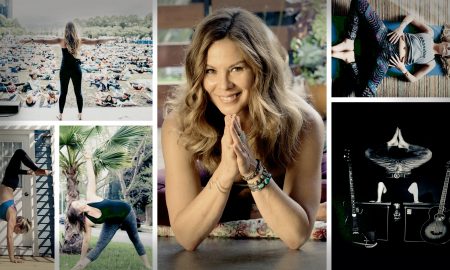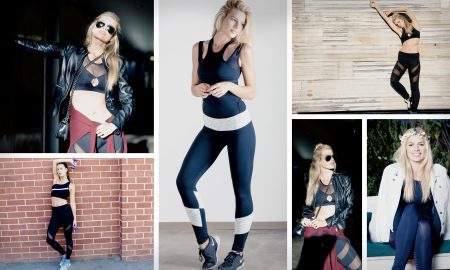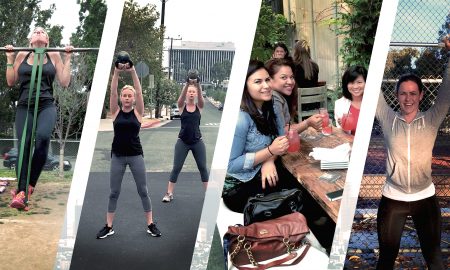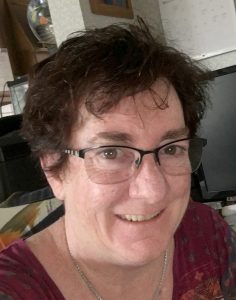
Today we’d like to introduce you to Julie Kornblum.
Hi Julie, we’d love for you to start by introducing yourself.
I was 20 when I arrived in Los Angeles, I had not gone to college, and I had little work experience. Through high school, I had been an avid sewist, though we didn’t have that word for it. Sewing and garment construction were my greatest skill sets, leading to work in the garment district, which lead me to the Fashion Design program at Los Angeles Trade Technical College. I worked as a pattern maker and later taught sewing and pattern making at Otis College of Art and Design. By the time I went back to school to complete my BA degree, I was married with two children, and I went part-time. 51% of students at Cal State Northridge at the time were considered “non-traditional students.” My kids were six months and three years old when I transferred from Pierce College to CSUN. At my graduation, they were 10 and 12 years old.
My BA is in Art with a concentration in Textile and Fabric Art.
Alright, so let’s dig a little deeper into the story – has it been an easy path overall and if not, what were the challenges you’ve had to overcome?
Going to school while raising young children was a challenge, but I definitely had lots of help and support from my wonderful husband and others.
As you know, we’re big fans of you and your work. For our readers who might not be as familiar what can you tell them about what you do?
My work is considered contemporary fiber art or mixed media. I update ancient arts and crafts to address the plastic pollution crisis. I weave, knit, crochet, and make baskets from the stuff we all throw away: disposable packaging, abandoned plastic objects, and industrial surplus. I use copper wire from the electronics recycling yard. I have gathered boxes of audio and video cassette tapes, picked up broken hubcaps and five-gallon-container lids from gutters and sidewalks. These materials did not exist physically nor conceptually until the latter half of the 20th century. Physically, they are by-products of industrialization. Conceptually, the notions of one-time-use, disposability, and surplus are modern inventions. My awareness of these issues grew while I was an art student at California State University Northridge. I began to discover there are literally tons of waste material around, at the same time, I was developing my body of work in basketry and weaving. I am continually reminded that many people do not want to just throw stuff in the trash, and they love to give it away to someone who will use it. At CSUN, we had lots of wonderful yarns and other things that people had donated for students to use.
I love the concept of combining some of the oldest handcrafting processes with the surplus of some of the newest industrial by-products. Historically, these ancient arts were utterly essential throughout human society. Textiles and baskets pre-date the making of glass and ceramics. They were our containers and fasteners for tens of thousands of years. Now they are not so necessary, just like the heaps of (plastic) materials we have developed to replace things like baskets and textiles. This intersection of New-Yet-Disposable and Ancient-But-Not-Obsolete is at the core of my work.
Are there any apps, books, podcasts, blogs or other resources you think our readers should check out?
Book: Women’s Work, the First 20,000 Years; by Elizabeth Wayland Barber
Podcasts: My Favorite Murder, Stuff You Should Know
Contact Info:
- Email: [email protected]
- Website: Juliekornblum.com
- Instagram: https://www.instagram.com/juliekornblumstudio/
- Facebook: https://www.facebook.com/JulieKornblumStudio

Image Credits
Julie Kornblum Thomas Cox


